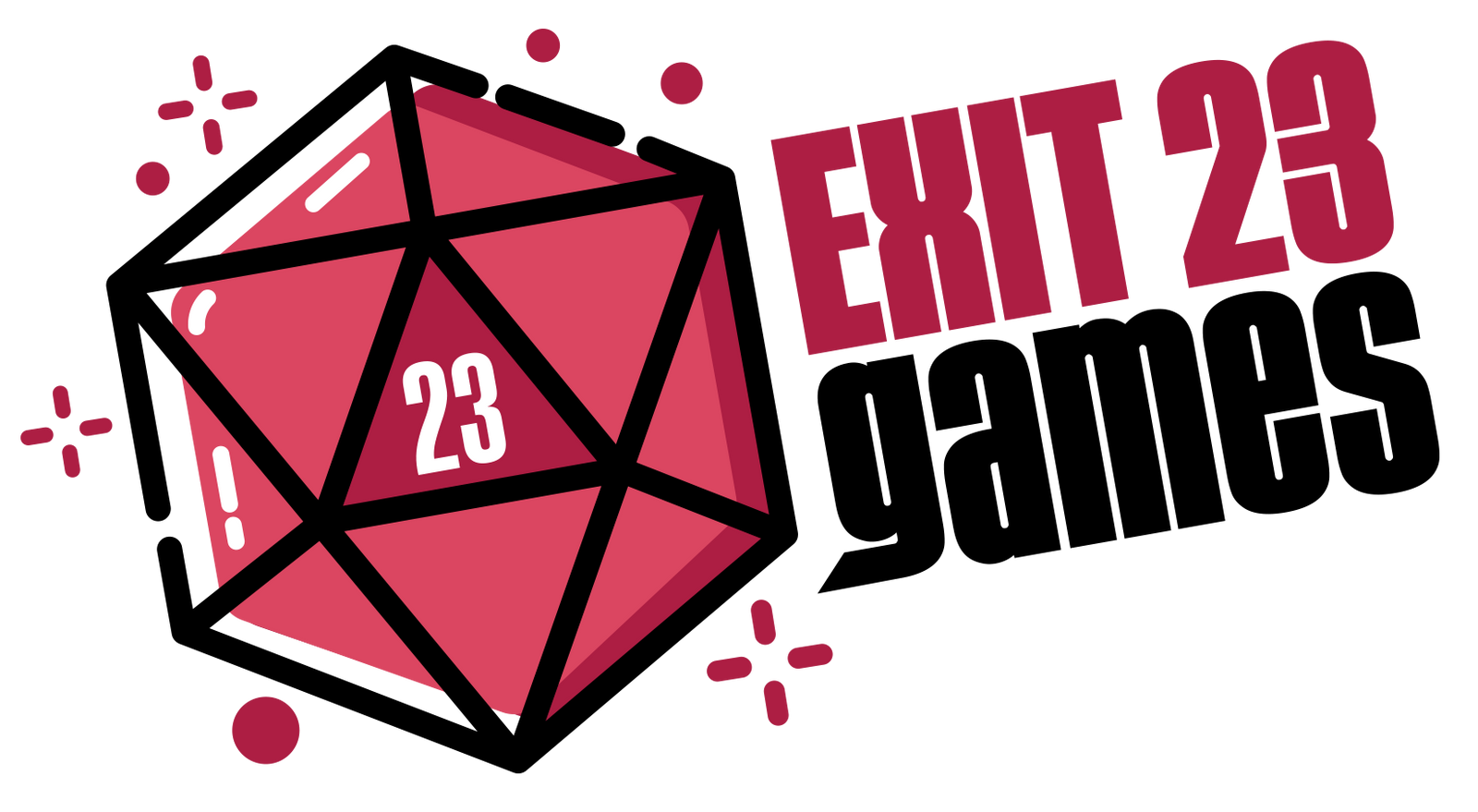From Beginner to Competitor - Taking your play to the next level
Once you have mastered the basics of Blood Bowl, are comfortable navigating the game’s rules, and no longer feel as though you are at the mercy of the dice, it’s time to look to the next level. In this article we’re going to take a look at five areas coaches can focus on when trying to become a better player.
Keep sight of your overall goal
Many is the game that has been lost because a coach did not keep their eye on the Turn Counter, got lost in the detail of the position, and forgot to put a player close enough to the end zone to score in the final turn. Equally, sometimes players sacrifice players, rerolls and inducements in situations where it was not necessary because they were trying to win the turn and not the match.
Always keep the big picture of the game in mind when considering your actions each turn. What is the overall score likely to be in the current match situation? How can I change that? What resources will it cost me?
Broaden your knowledge of the game
With 25+ teams and 50+ skills, there is no shortage of information to occupy your mind when learning Blood Bowl, not even considering the complexity of the fundamental game rules themselves. But with so much of the game requiring you to alter your strategies depending on your opponent’s capabilities, having a good understanding of the Blood Bowl ecosystem is essential to improving your game. Many experienced players have blind spots for particular teams or skills, and consequently don’t realise the threat they are facing or see the flaws in their own plans.
Experience is helpful, but this is one area where you may have to do a little reading and revising to ensure you have a good appreciation of the world and metagame of Blood Bowl. At the very least you should develop a good understanding of the top-tier teams, their typical team builds, and their typical gameplans. If you want to play tournament Blood Bowl, you will find that a knowledge of the Star Players available to you and your opponents also becomes essential.
Develop a sense of the pivotal moment
In a game so heavily reliant on risk management and dice rolls, playing solid Blood Bowl for 16 turns will very often win games alone. However, as you and your opponents increase in skill, you will come to find that you may struggle to break each other down or capitalise on errors. At this point you need to develop a sense of when to abandon solid principles and force the play, or commit to a riskier action that might win you the whole game.
This is probably the single hardest skill in Blood Bowl, but some practical considerations that will factor into an assessment of whether to go ‘all in’ are:
The current score, the number of turns remaining, the relative balance of players on the field for each team, the number of rerolls you have remaining, and the position of the ball on the field.
As you will note, many of these are the same kind of items we should be trying to bear in mind every turn so that we shape our overall strategic plan and align our tactical turn by turn play to those goals. At some point these will align into a moment where you understand that it is now or never, that you will not get a better chance to turn the game or stop it from getting away from you, even if that means hoping for a bit of luck.
Learn to play your environment
Leagues and tournaments can have wildly different structures, rules, scoring systems and TV levels, and if you want to be competitive they each require a tailored approach. Even if your actual team selection is determined more by the teams you own (and have painted) than picking a top tier team, you still have a huge number of decisions to make about how you build your team for your environment. We’ll be covering this topic in more detail in a separate article here, but for now it’s enough to say that Blood Bowl is a very different game with a very different meta when played in different formats. Team selection, team progression and many tactical aspects of the game will all vary in effectiveness depending on the nature of the competition.
Embrace probability
Most experienced players have acquired a ‘feel’ for probability in the game, but a little focus on actual numbers will go a long way to help you make informed decisions, and more importantly, might challenge some assumptions you have about what is and isn’t ‘unlucky’. For example a 2d “uphill” block (AKA -2d) with the Block skill has less chance of causing a turnover than a 1d without Block.
Let’s take some other common scenarios:
Is it better to make a 3+ dodge with the dodge skill, or a 2+ dodge with no reroll?*
How likely am I to knock down a Blodger on a 2d block?**
What’s my chance to score if I need 3+, 3+, 2+, 2+ ***
These are simple examples, but as you start to understand the odds of common actions you will gain a far better understanding of the best way to order your plays and dice rolls, make better decisions about what is worth rerolling, and find less of your turns ending unexpectedly. I would certainly recommend looking at some of your games and reviewing particular scenarios through the lens of probability to see if you made the best call.
Bringing it all together
Looking over the scope of the above we have a combination, of knowledge, judgement and psychological skills that should give some clue as to the huge depth and complexity of this game. The good news is every Blood Bowl match is a chance to test and improve yourself as a coach, and every match a chance for blood and glory!
*the 3+ with dodge is 5% more likely
**roughly 30%
***30%/60% with reroll


Leave a comment (all fields required)